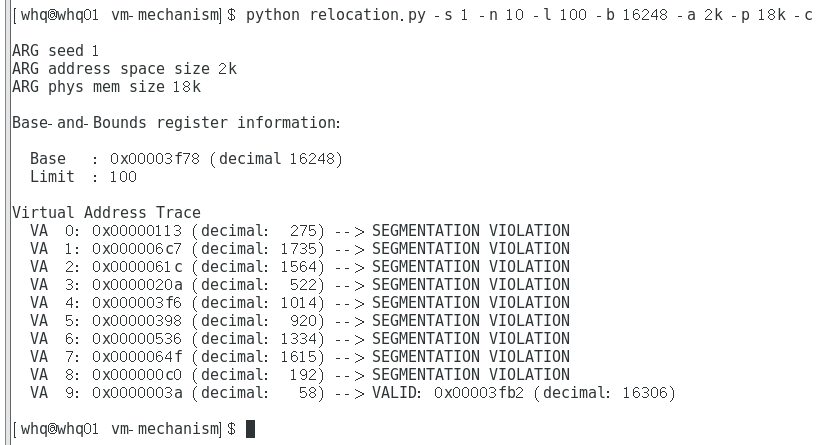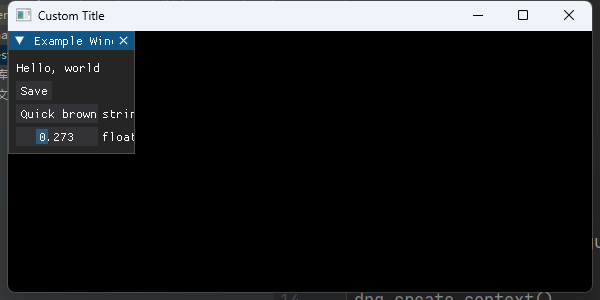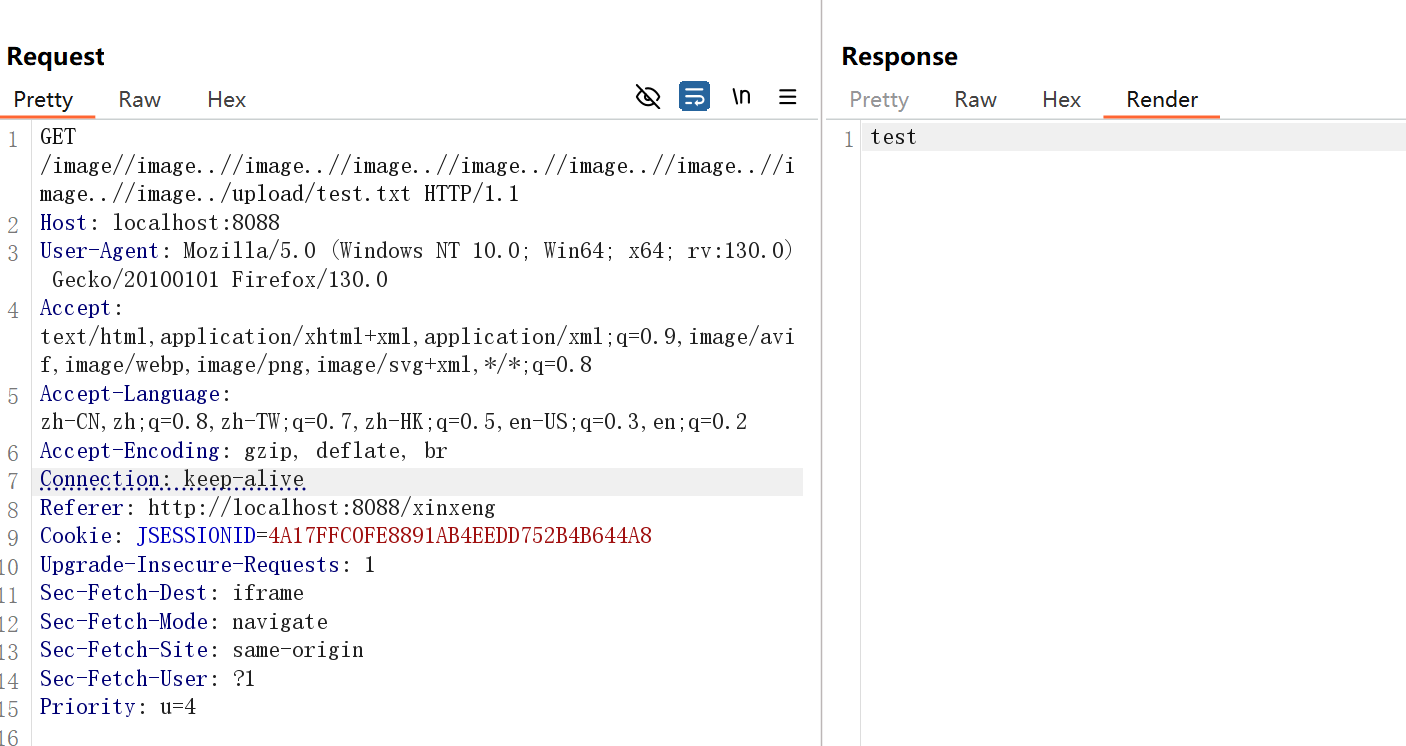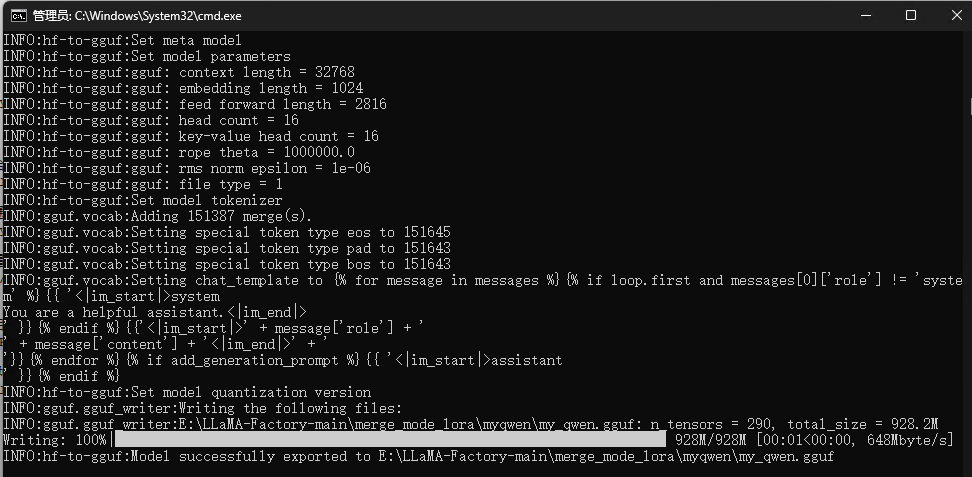[USACO22JAN] Minimizing Haybales P
随机化?五分。
显然对于任意 \(a_i,a_j\),若 \(|a_i-a_j|>K\),则这两堆草的先后顺序永远不会改变。所以易得暴力:对于所有这样的 \(i,j\),不妨设 \(i<j\),则连一条 \(i\to j\) 的边,答案就是这个图字典序最小的拓扑排序,优先队列即可。
void toposort(){priority_queue<pair<int,int>>q;for(int i=1;i<=n;++i) if(!in[i]) q.emplace(-h[i],i);while(!q.empty()){int u=q.top().second;q.pop();write(h[u]);for(int i=head[u];i;i=e[i].to)if(--in[e[i].v]==0)q.emplace(-h[e[i].v],e[i].v);}
}int main(){n=read(),k=read();for(int i=1;i<=n;++i) h[i]=read();for(int i=1;i<=n;++i)for(int j=i+1;j<=n;++j)if(abs(h[i]-h[j])>k)addedge(i,j),++in[j];toposort();return fw,0;
}
考虑优化,发现复杂度瓶颈在于连边。正常拓扑排序的操作为:将所有入度为零的点入队,每次删掉当前点。那么神奇地,对于暴力的每一步我们都想办法优化:
- 如何求初始的入度?将原数组离散化,二分找到所有和当前点相差超过 \(K\) 的点,点数就是入度。然后把这些点加入线段树,就完成了入队的操作。
- 如何维护全局最小值?线段树啊。
- 如何删点?还是二分找到所有和当前点相差超过 \(K\) 的节点,将这些点的入度 \(-1\),然后给当前点的入度 \(+\infty\),就完成了删点的操作。
#include<bits/stdc++.h>
#define fw fwrite(obuf,p3-obuf,1,stdout)
#define getchar() (p1==p2&&(p2=(p1=buf)+fread(buf,1,1<<20,stdin),p1==p2)?EOF:*p1++)
#define putchar(x) (p3-obuf<1<<20?(*p3++=(x)):(fw,p3=obuf,*p3++=(x)))
using namespace std;char buf[1<<20],obuf[1<<20],*p1=buf,*p2=buf,*p3=obuf,str[20<<2];
int read(){int x=0;char ch=getchar();while(!isdigit(ch))ch=getchar();while(isdigit(ch))x=(x<<3)+(x<<1)+(ch^48),ch=getchar();return x;
}
template<typename T>
void write(T x,char sf='\n'){if(x<0)putchar('-'),x=~x+1;int top=0;do str[top++]=x%10,x/=10;while(x);while(top)putchar(str[--top]+48);if(sf^'#')putchar(sf);
}
constexpr int MAXN=1e5+5;
int n,k,h[MAXN],b[MAXN],tot;
int deg[MAXN];
unordered_map<int,bool>vis;
struct{#define lp p<<1#define rp p<<1|1#define mid ((s+t)>>1)pair<int,int>st[MAXN<<2];int lazy[MAXN<<2];void build(int s,int t,int p){if(s==t){st[p]={deg[s],s};return;}build(s,mid,lp),build(mid+1,t,rp);st[p]=min(st[lp],st[rp]);}void pushdown(int p){if(!lazy[p]) return;st[lp].first+=lazy[p];st[rp].first+=lazy[p];lazy[lp]+=lazy[p];lazy[rp]+=lazy[p];lazy[p]=0;}void mdf(int l,int r,int k,int s=1,int t=n,int p=1){if(l>r) return;if(l<=s&&t<=r) return st[p].first+=k,lazy[p]+=k,void();pushdown(p);if(l<=mid) mdf(l,r,k,s,mid,lp);if(mid<r) mdf(l,r,k,mid+1,t,rp);st[p]=min(st[lp],st[rp]);}#undef mid
}T;
struct{#define lowbit(x) (x&-x)int c[MAXN];void add(int x,int k){while(x<=n) c[x]+=k,x+=lowbit(x);}int sum(int x){int res=0;while(x) res+=c[x],x-=lowbit(x);return res;}
}B;int main(){n=read(),k=read();for(int i=1;i<=n;++i) h[i]=b[i]=read();sort(b+1,b+n+1);tot=n;for(int i=1;i<=n;++i)h[i]=lower_bound(b+1,b+tot+1,h[i])-b+vis[h[i]]++;for(int i=1;i<=n;++i){int x=lower_bound(b+1,b+tot+1,b[h[i]]-k)-b-1;int y=lower_bound(b+1,b+tot+1,b[h[i]]+k+1)-b-1;deg[h[i]]=i-1+B.sum(x)-B.sum(y);B.add(h[i],1);}T.build(1,n,1);for(int i=1;i<=n;++i){int sh=T.st[1].second;write(b[sh]);int x=lower_bound(b+1,b+tot+1,b[sh]-k)-b-1;int y=lower_bound(b+1,b+tot+1,b[sh]+k+1)-b-1;T.mdf(1,x,-1);T.mdf(y+1,n,-1);T.mdf(sh,sh,1e9);}return fw,0;
}











